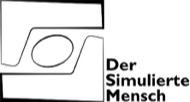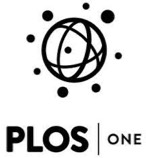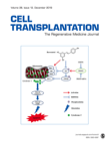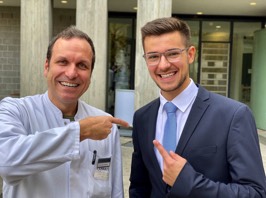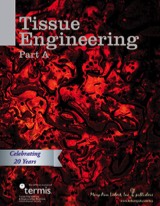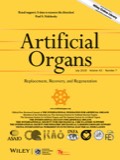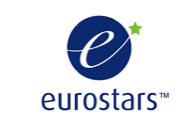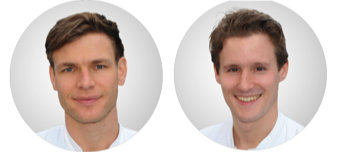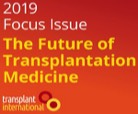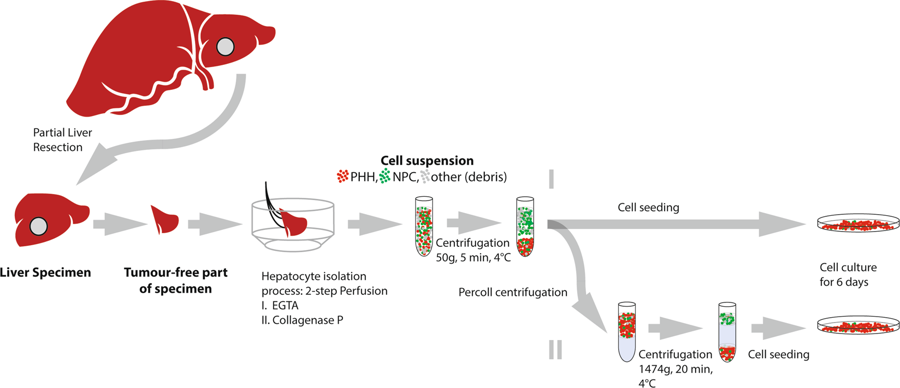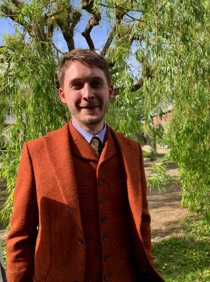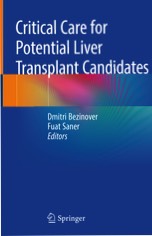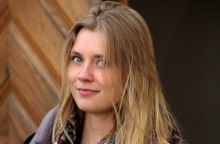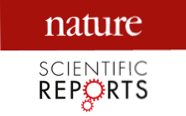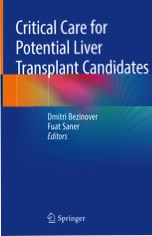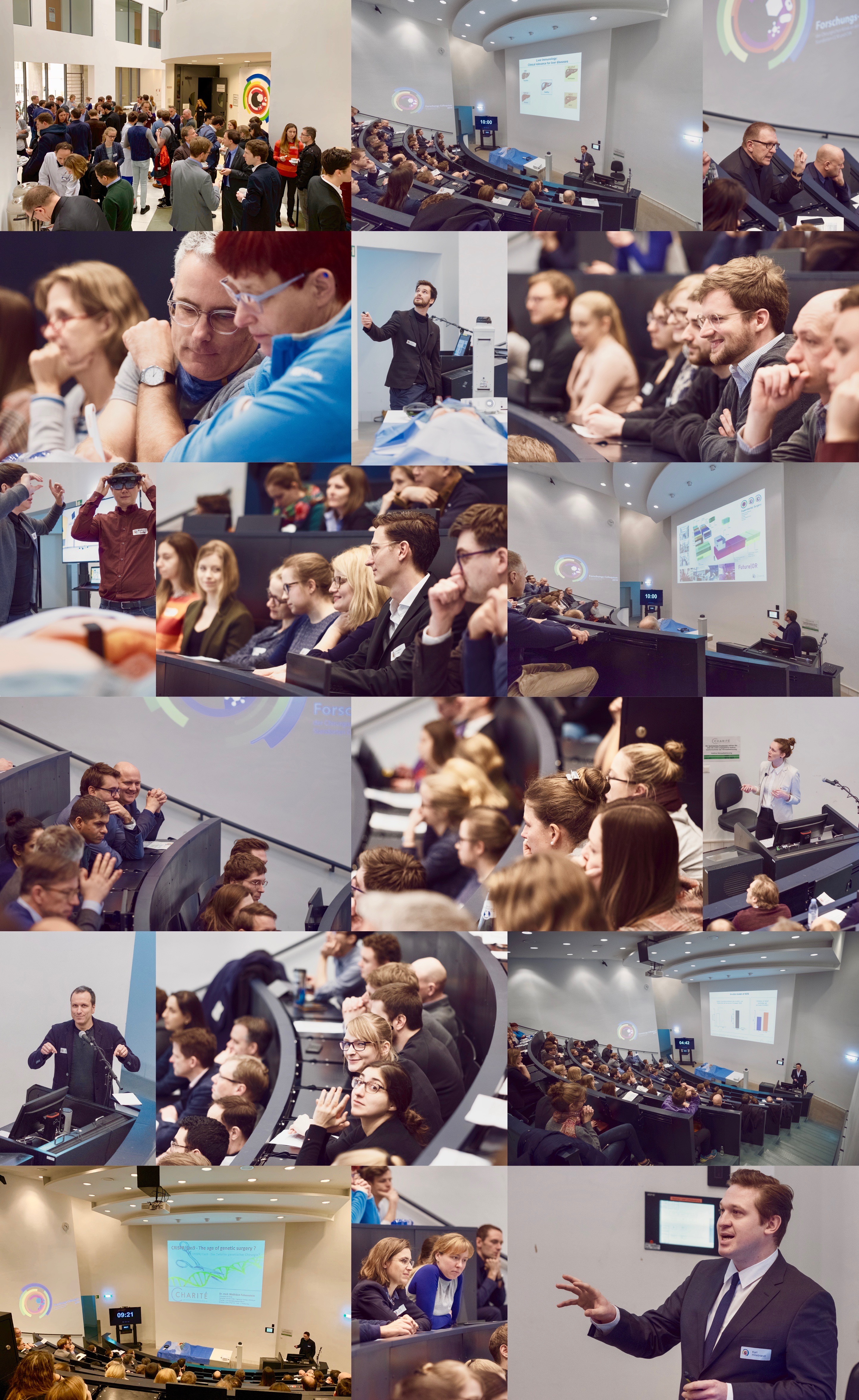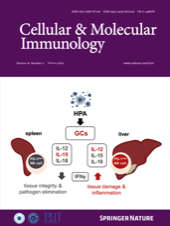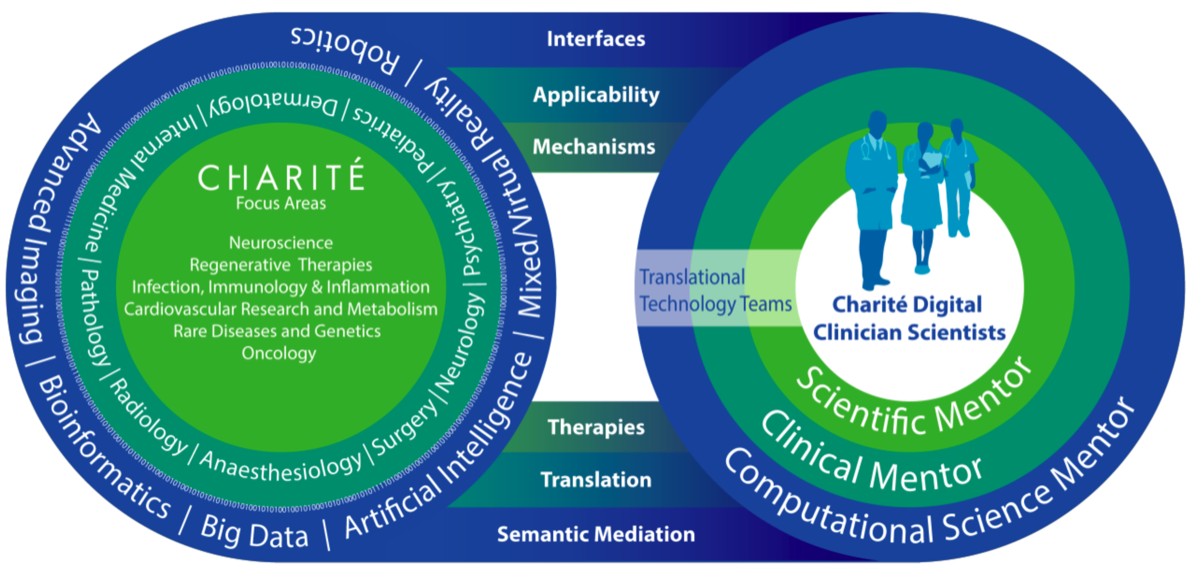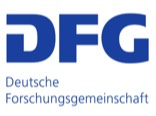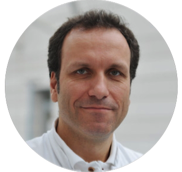The
Stiftung Charité will fund our project “
Vascular Composite Tissue Allotransplantation (VCA): An integrated, multidisciplinary basic and clinical research program for hand and uterus transplantation” (Einstein BIH Visiting Fellowship) within the framework of the
Private Excellence Initiative Johanna Quandt for two more years!
The Charité has a long tradition as an international leader in transplantation. Prior to starting our Einstein BIH funded project in February 2017, Vascular Composite Tissue Allotransplantation (VCA) was neither object of scientific investigations, nor offered to patients. As an
Einstein BIH Visiting Fellow Prof. Stefan G. Tullius,
Harvard Medical School, ignited both: a basic research group in this field and a clinical research transplant program. During the first three years of our multidisciplinary basic and clinical research program, we have been able to implement complex small animal models (mouse hindlimb, heart, skin transplant models); a rat uterus transplant model is currently established. Those models offer unique opportunities to address basic research questions of translational relevance including: organ-specific alloimmune responses, immunogenicity, and the maternal-fetal interface in uterus transplantation.
An enthusiast clinical, multi-disciplinary has been established, led and mentored by Prof. Tullius that has brought preparatory surgical exercises and clinical algorithms for VCA at the Charité on the way.
Stiftung Charité is an independent charitable foundation. It was endowed in 2005 by entrepreneur Johanna Quandt, who entrusted it with the mission of supporting the innovative potential and excellence of Berlin’s university medicine, which can look back on a rich tradition in medical research and patient care. Thereby, the foundation is active in two focal areas: promoting technology transfer between the laboratory and the clinic as well as improving the framework conditions for innovation and entrepreneurship in medicine. Since 2014, Stiftung Charité is also funding the life sciences in Berlin by its
Private Excellence Initiative Johanna Quandt.